The Global Bulimia Nervosa Market is characterized by a complex interplay of various key players striving to address the challenges posed by this serious eating disorder. As the demand for effective treatment options continues to grow, companies are focusing on innovative therapies and a better understanding of the underlying causes of bulimia nervosa.
Competitive insights illuminate the strategies employed by top contenders in the market, including the adoption of advanced research and development initiatives, partnerships, and collaborations aimed at improving patient outcomes.
A primary focus remains on enhancing product offerings, which not only encompass pharmacological interventions but also holistic treatment approaches that cater to the psychological aspects of the disorder. As the market evolves, the emphasis on patient-centric solutions and responsive care is becoming increasingly prominent, allowing stakeholders to gain a significant competitive edge.
Pfizer has emerged as a formidable player in the Global Bulimia Nervosa Market, leveraging its extensive pipeline of pharmaceuticals to cater to the specific needs arising from the disorder.
With a robust portfolio that often encompasses psychiatric medications and therapies aimed specifically at eating disorders, Pfizer is committed to addressing the complexities of bulimia nervosa through research and development.
The company's ability to implement tailored treatment regimens, along with extensive clinical trials, contributes not only to its strong market presence but also establishes trust among healthcare professionals and patients alike.
Additionally, Pfizer's strategic alliances and collaborations with mental health organizations position it effectively within the global landscape, enabling it to reach a wider audience and deliver comprehensive care options that resonate with patient needs.
Merck and Co. also plays a significant role within the Global Bulimia Nervosa Market, focusing on advancing treatment solutions through innovative pharmacological developments. Merck boasts a diverse array of key products and services that are critical in managing bulimia nervosa, with an emphasis on medications that target co-morbid psychiatric conditions often associated with the disorder.
The company has established itself as a leader through its investment in cutting-edge research and the recognition of the multifaceted challenges faced by individuals suffering from bulimia. Furthermore, Merck’s proactive approach in mergers and acquisitions, targeting complementary organizations specializing in mental health, has strengthened its pipeline and market reach.
The company's strengths lie in its strong brand reputation, extensive distribution networks, and ongoing commitment to delivering impactful solutions that not only treat bulimia nervosa but also facilitate a broader understanding of mental health issues globally.
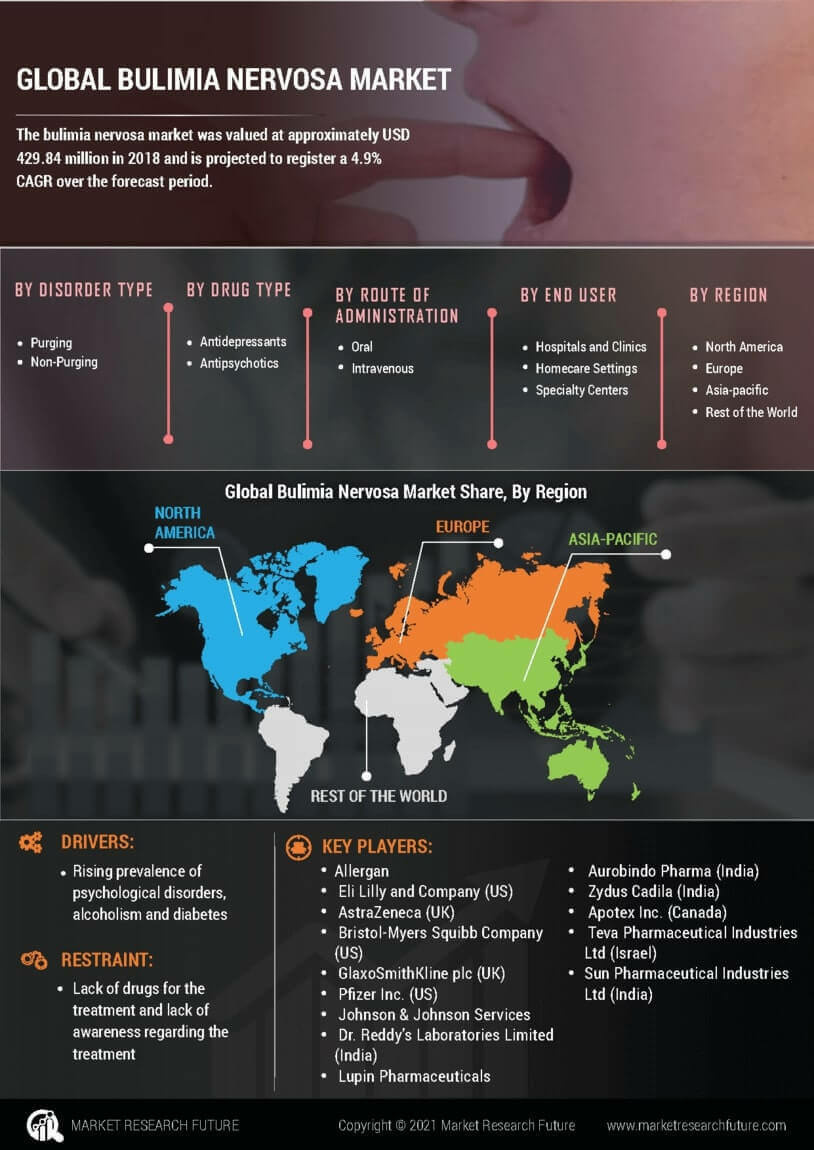

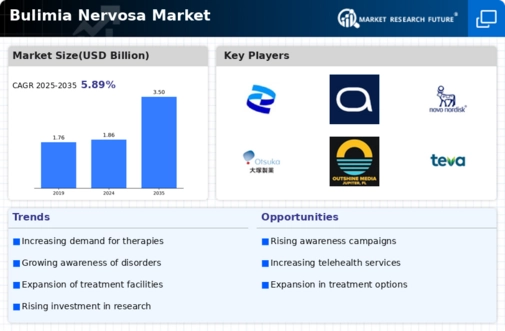
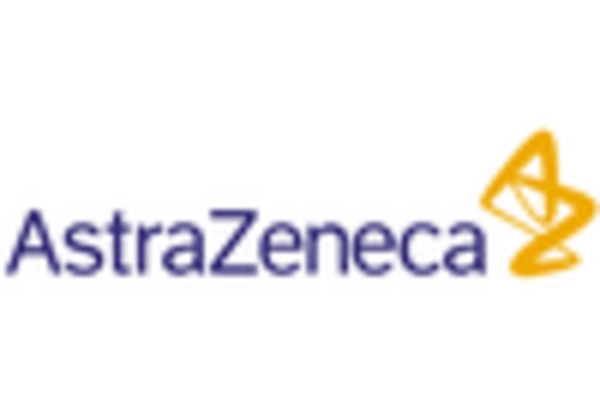
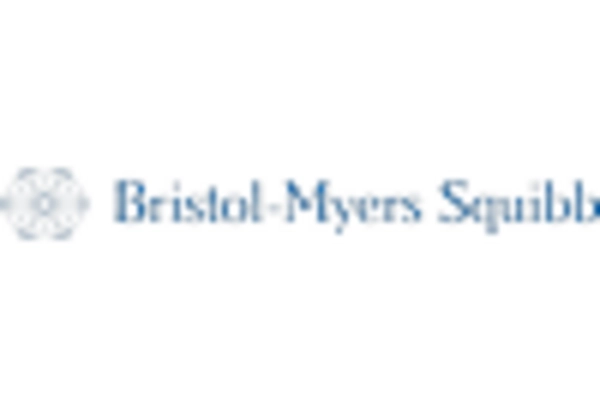

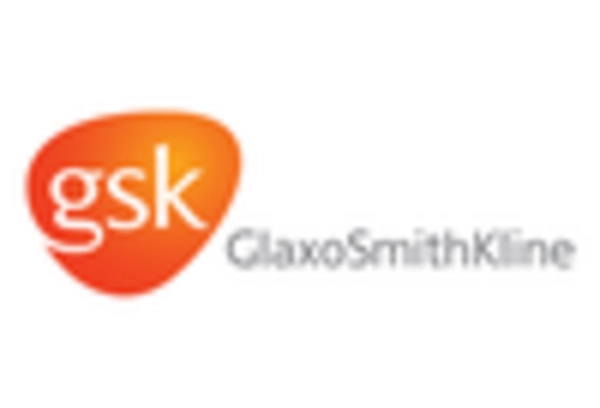










Leave a Comment